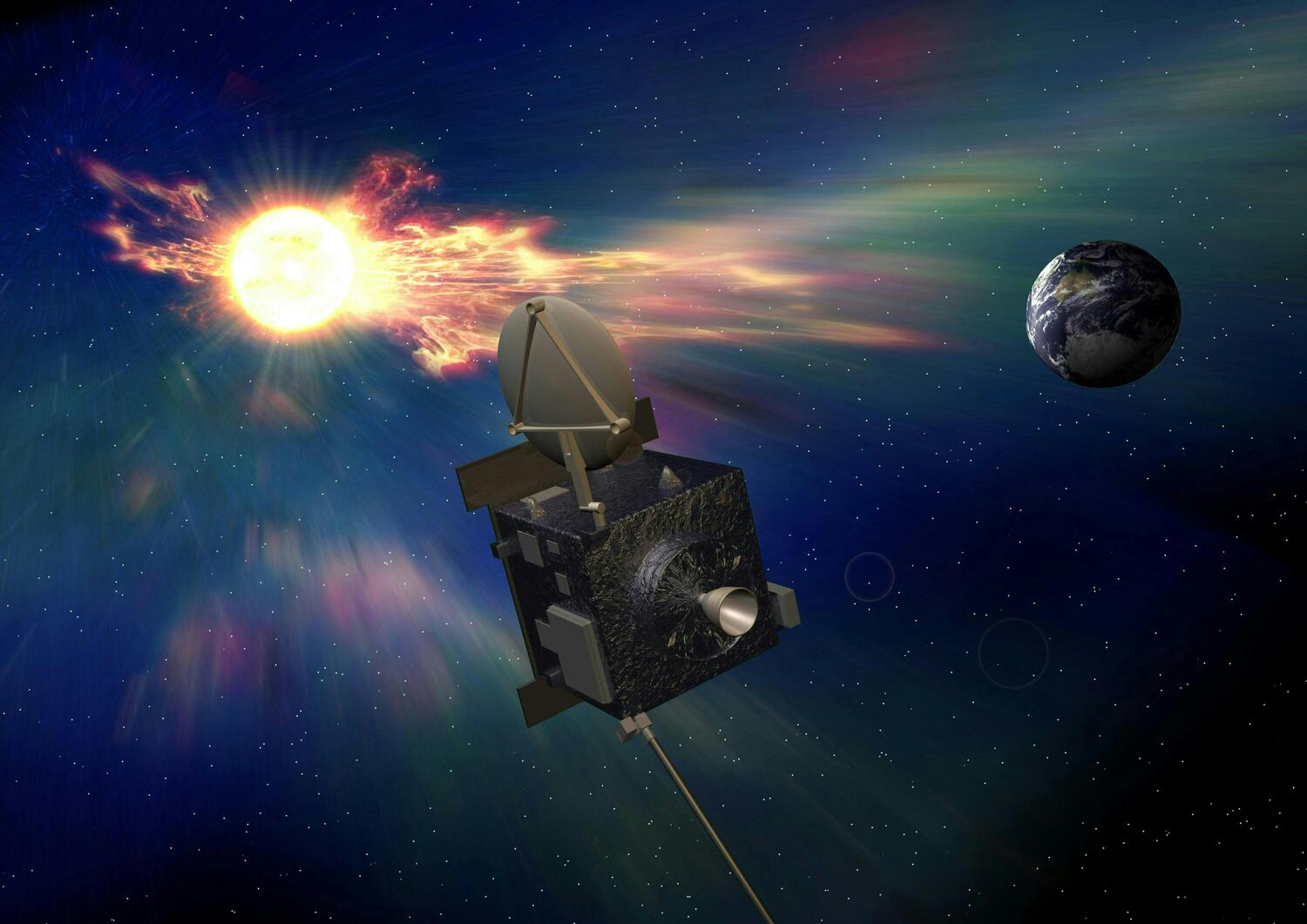
Ibadan, May 24, 2024. – The European Space Agency has selected Airbus to design and build the Vigil space weather forecast satellite, the first operational mission of ESA's Space Situational Awareness (SSA) Space Security Program (S2P). The spacecraft will provide vital additional warning to Earth about incoming solar storms and coronal mass ejections that can potentially disrupt orbiting satellites and electronic and power distribution systems on Earth.
Vigil will orbit at Lagrange point L5 in the same orbit as the Earth, 150 million kilometers behind it as the Earth orbits the Sun. Consequently, this will allow Vigil to see the Sun as it rotates and the size and speed of solar weather heading towards Earth. Vigil's data could provide four to five days' warning of solar winds heading toward Earth. In addition, Vigil will complement other satellites that monitor the Sun closer to Earth from their particular point of view.
The spacecraft will include a compact coronagraph from the US Naval Research Laboratory, a heliographic imager from Leonardo SpA, and a photomagnetospheric field imager from the Max Planck Institute. In addition, Vigil will carry a plasma analyzer from London's Mullard Space Science Laboratory and a magnetometer from Imperial College London. NASA is also providing Vigil's sixth instrument, an extreme ultraviolet imager.
Patrick Wood, Director of UK Space Systems at Airbus Defense and Space, said of the mission: “Vigil is one of the most exciting and important space missions that will not only improve our understanding of the behavior of the Sun but, crucially, It will provide us with an earlier warning. and greater precision about potentially damaging solar weather. “Space weather forecasters will be able to see what is coming from the Sun and provide more accurate warnings.”